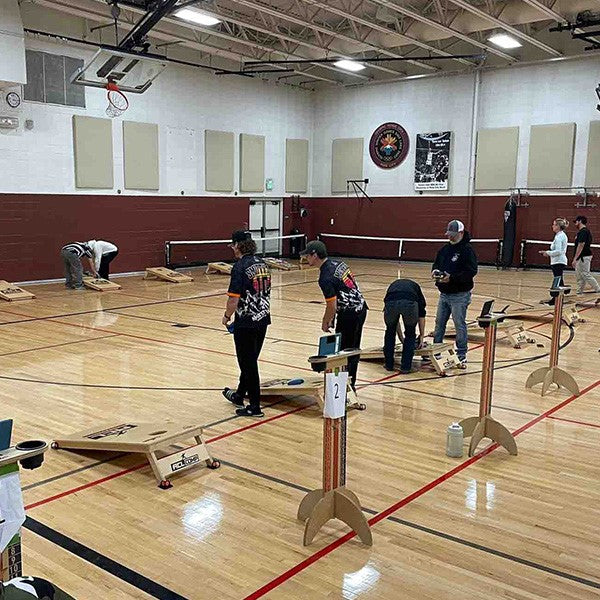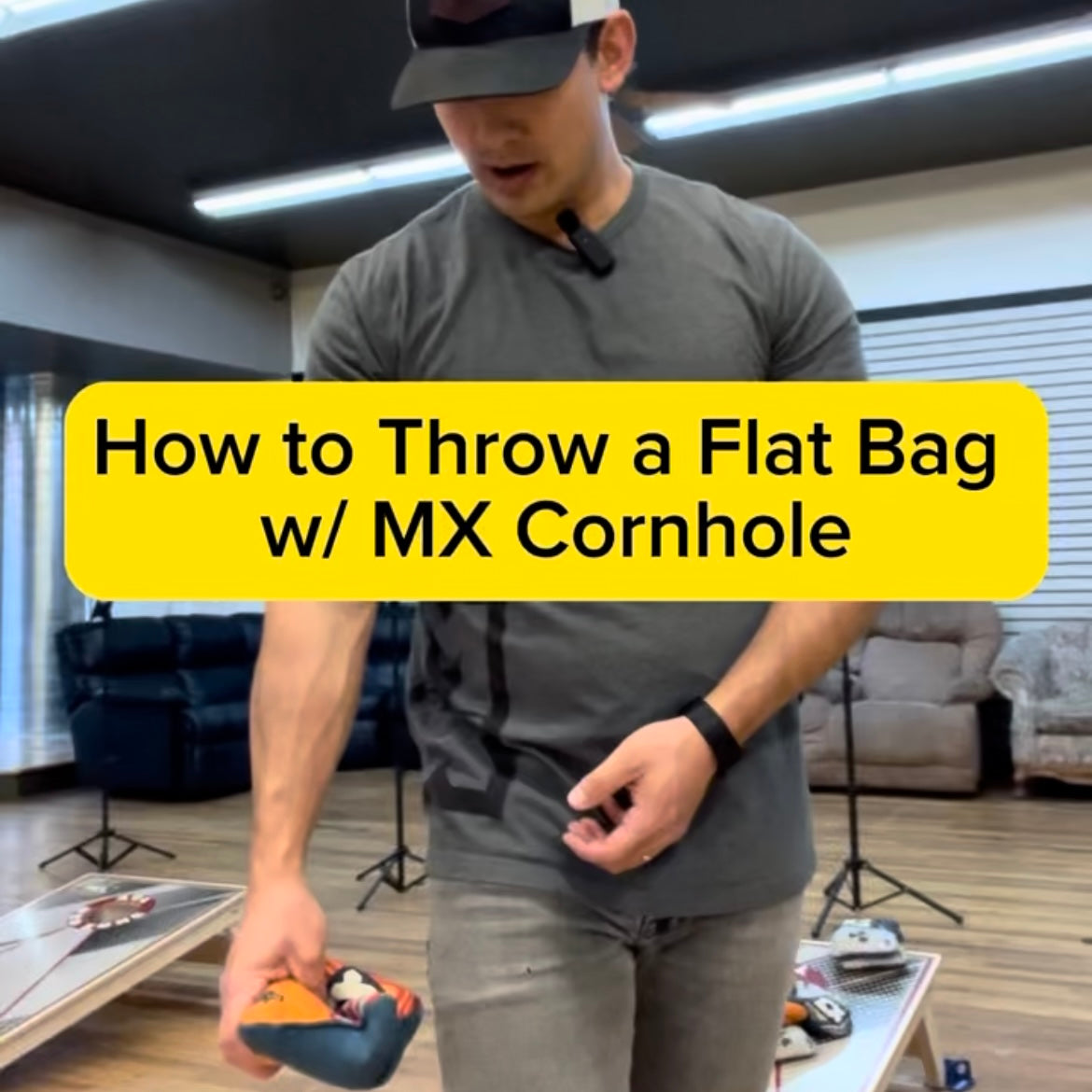Cornhole has evolved into a serious sport, attracting enthusiasts and competitors alike. Whether you're a casual player looking to hone your skills or a seasoned competitor aiming for the championship, meaningful practice is key to improving your game. In this guide, we'll explore how to elevate your cornhole practice to the next level, focusing on routines and mastering muscle memory.
The Importance of Meaningful Practice in Cornhole
Practice isn't just about tossing bags aimlessly; it's about deliberate, focused improvement. Meaningful practice involves structured routines, specific goals, and a commitment to refining your technique. By approaching your practice sessions with purpose, you can maximize your progress and elevate your game.
Establishing a Practice Routine
Consistency is crucial when it comes to improving your cornhole skills. Establishing a regular practice routine helps reinforce muscle memory, enhance concentration, and build confidence.
If you watch a collegiate or professional sports team prepare for competition your sure to see a few things. We can almost guarantee you'll see them go through meaningful pre-game progressions, stretching routines, warmups, etc. Applying a similar routine can change the way you prepare and prepare you shoulder, body, and most importantly your mind for competition.
Here's how to create an effective practice schedule:
1. Take Practice Seriously: Treat your practice sessions with the same respect as a competitive match. Allocate a specific time slot for practice each week and stick to it.
2. Warm-Up Properly: Begin each practice session with a thorough warm-up to prepare your body and mind for the challenges ahead. This might include stretching exercises, tossing a few practice rounds at a relaxed pace, and focusing on your breathing.
Consistency is the key, warm up the same way before your practices and the game. This familiarity will help you on tournament day.
3. Focus on Specific Skills: Identify areas of your game that need improvement and dedicate focused practice time to them. Whether it's perfecting your aim, adjusting your throwing technique, or mastering different throwing angles and shots, prioritize targeted skill development.
On game day, go through a progression of shots. For example, make 10 slide shots, 10 airmails, 10 roll shots, and 10 cut shots before you start throwing with someone else. Simply throwing bags isn't going to hone in your shots before you play.
4. Utilize Drills and Challenges: Incorporate drills and challenges into your practice routine to keep things engaging and challenging. For example, set up target zones on the cornhole board and aim to hit them consistently, or practice throwing from various distances and angles.
5. Track Your Progress: Keep a journal or use a dedicated app to track your practice sessions and monitor your progress over time. Recording your performance metrics, such as accuracy percentage and number of successful shots, can provide valuable insights into your development.
Mastering Muscle Memory
Muscle memory plays a pivotal role in cornhole proficiency. By repeating the same motions consistently, you can train your muscles to perform effectively and efficiently. Here are some strategies for mastering muscle memory in cornhole:
1. Focus on Technique: Pay close attention to your throwing technique and strive for consistency in your movements. Experiment with different grips, stances, and release points to find what works best for you.
Once you find what works best, consistency is the key. Just like a baseball player hitting of a tee, you should be focusing on having the same motion each and every time.
2. Practice Mindfully: Practice with intention and mindfulness, focusing on each throw as if it were a competitive shot. Visualize your target, concentrate on your form, and maintain a steady rhythm to reinforce muscle memory.
3. Break Down Movements: Break down the throwing motion into its component parts and practice each element separately. By isolating specific movements, you can fine-tune your technique and address any weaknesses or inconsistencies.
4. Repeat, Repeat, Repeat: Repetition is key to ingraining muscle memory. Aim to perform hundreds, if not thousands, of throws during each practice session to reinforce the neural pathways responsible for precise motor control.
Remember, quality over quantity. Focus on having the same motions and release each and every time.
5. Progressive Overload: Gradually increase the difficulty of your practice sessions over time to challenge your muscles and continue improving. Whether it's increasing the distance to the target or adding obstacles to simulate real-game conditions, progressive overload stimulates adaptation and growth.
Conclusion
Elevating your cornhole practice from a casual pastime to a meaningful pursuit of mastery requires dedication, discipline, and a strategic approach. By establishing a structured practice routine, focusing on specific skills, and mastering muscle memory through deliberate repetition, you can unlock your full potential as a cornhole player. Remember, improvement takes time and effort, but the rewards are well worth the investment. So grab your bags, set up your boards, and embark on the journey to cornhole excellence!



Leave a comment
This site is protected by hCaptcha and the hCaptcha Privacy Policy and Terms of Service apply.